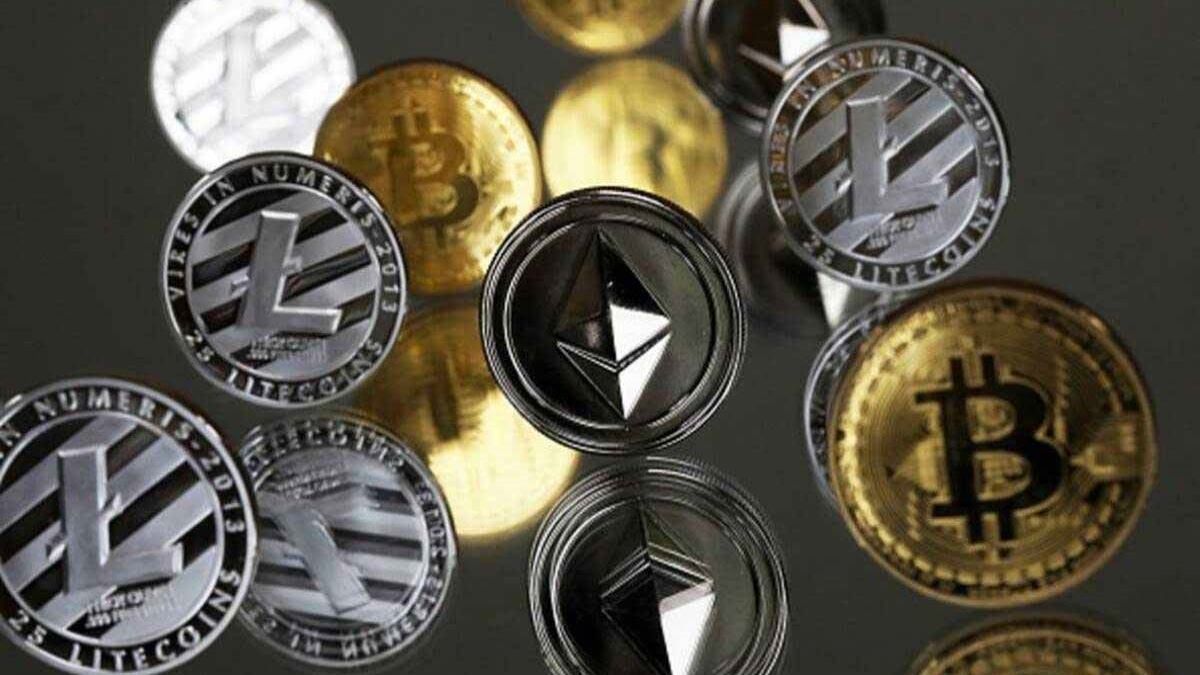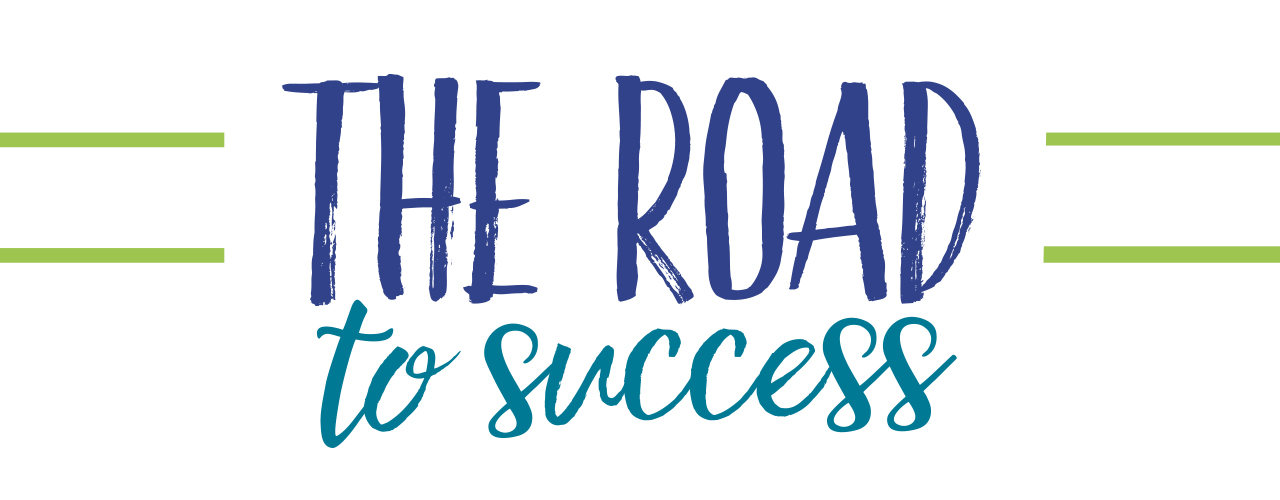Block-the-Talk; Neeraj Khandelwal of CoinDCX on why blockchain carries the potential to revolutionise financial services

#BlocktheTalk #Neeraj #Khandelwal #CoinDCX #blockchain #carries #potential #revolutionise #financial #services [ad_1]
What are the three best practices that today’s youth should follow when it comes to digital assets?
Ans:The year 2022 has seen significant growth in public knowledge and education of digital assets, particularly among Millennials and Gen Z. With decreasing data costs and an increasing availability of smartphones, the country’s tech adoption rate among youth has increased]. As the world prepares for Web 3.0, 2022 will be remembered as the year when crypto truly took off, gaining public acceptance and upending everyone’s perception of money.
- Like any other financial instrument, it is important to do your own research and make informed investment decisions. “Do your own research, before determining a good crypto fit”. Stay on top of the ongoing financial market developments so that you are aware of real-time undertakings. You should essentially be well convinced before making a crypto purchase decision.
- Take enough time to learn and adapt to the underlying mechanics. Investing long-term is a good way to manage the volatility and derive greater potential profits over time.
- As with every form of investment, it is important to protect your resources effectively. Ensure that your exchange has a built-in robust & multi-layer security platform. One must also do due diligence before investing in any virtual digital assets as there are more than 20K in circulation. Don’t fall prey to scams on social media such as Instagram/ Facebook, and if you see any unfamiliar or suspicious activity, report it immediately.
How can blockchain be used to keep digital assets safe? Which are the apps consumers can use?
Ans: Blockchain technology is a digital system of recording and storing information. The technology uses encryption techniques meaning the transaction and financial details are securely stored at different digital locations in bits and parts creating a network. This makes it nearly impossible for anyone to steal or hack your financial information. Since a blockchain is a collection of blocks that store data, it eliminates the possibility of fraudsters exploiting the network. Furthermore, earlier blocks in a blockchain cannot be changed, and all transactional data is confirmed by all necessary stakeholders, making data manipulation extremely difficult. While there are a number of apps available, one must thoroughly research the chosen app and ensure that it offers multiple security layers, and follows proper KYC norms.
What are three tips you would like to give to people who dabble in crypto trading?
Ans: The crypto market has always been dynamic and a fast-moving industry. Firstly, we should not confuse virtual digital assets with financial ones.
- Rather than directly investing into the VDA, we should learn about the digital asset itself, as every crypto asset has its own intrinsic value. Different crypto investment strategies are needed depending on one’s level of experience and risk taking ability.
- Setting up a systematic investment plan is a very important tool for developing the discipline needed to build long-term wealth. Crypto price volatility is caused due to market demands and is not based upon geographies, as they are inherently decentralized and distributed. A bear market is an excellent opportunity for investors to re-evaluate their investment thesis and prepare for the next leg up.
Which according to you is the country leading in the space and the Indian start-up ecosystem can pick up the best use cases?
Ans: India is poised to become a global hub for Web3. It has a combination of the ideal factors, such as technology muscle that can build products for the world, competitive talent and a high rate for tech adoption. Furthermore, as per the recent Nasscom Report, Web3 has the potential to contribute nearly $ 1.1trn economic value to India’s GDP by 2032. India has outpaced many countries in the Web3 start-up space. The fact that 11% of global Web3 talent is present in India, and India’s Web3 startup investment has reached $ 1.3 Bn by Q12022, is a testament towards the country’s efforts to encourage entrepreneurial spirit among young minds. Regarding the use cases- fintech, e-commerce and SaaS companies are expected to make up 49% of India’s future unicorns. From logistics to supply chains, and from finance to insurance, we are already witnessing disruption at a scale never seen before, rapidly blurring the lines between legacy systems and new age technologies. In the coming decade, we are certain that Web3 and blockchain technology will become the centerpiece of economies around the world, transcending the domains of e-commerce, healthcare, and public sectors.
What are the advantages and disadvantages of blockchain?
Ans: We believe in Blockchain technology. Blockchain technology is a digital system of recording and storing information. It has tremendous advantages and offers several benefits like fostering financial inclusion, especially for developing economies. This single attribute, immutably, has the power and potential to revolutionize financial services, as it offers greater transparency, enhanced security, lower transfer fees, and overall cost savings. It democratizes access to financial systems by providing an alternative financing infrastructure that is global, open-source, secure, and accessible to everyone with internet access. With mobile phone and internet penetration growing rapidly, financial services can be provided to the unbanked through their mobile devices, without being attached to a bank or a financial institution. Another big factor hindering low-income groups from accessing financial services is the lack of valid identity proof. Blockchain helps consumers circumvent some of these challenges associated with documentation, account opening, and maintenance.
[ad_2]
Source link
